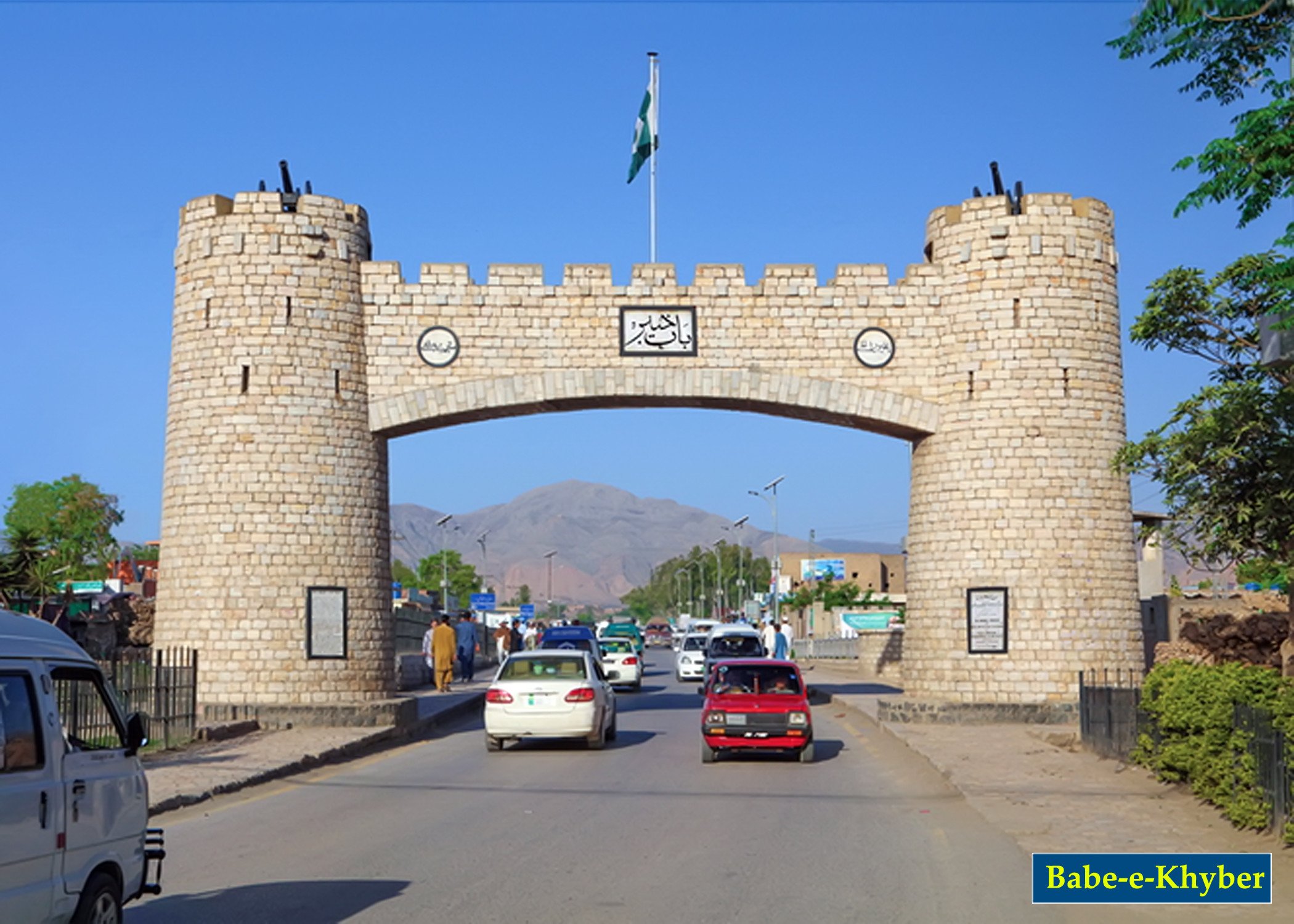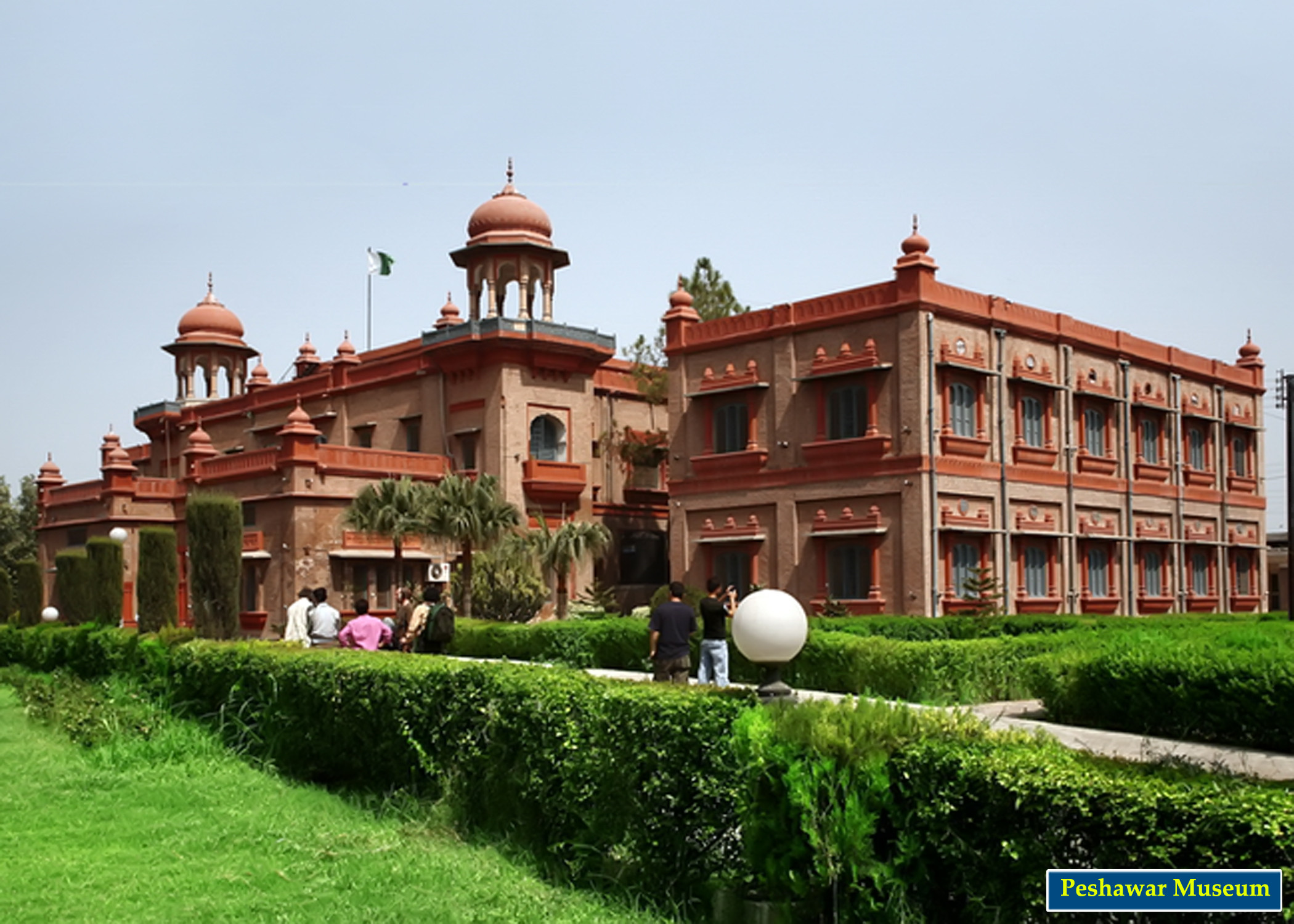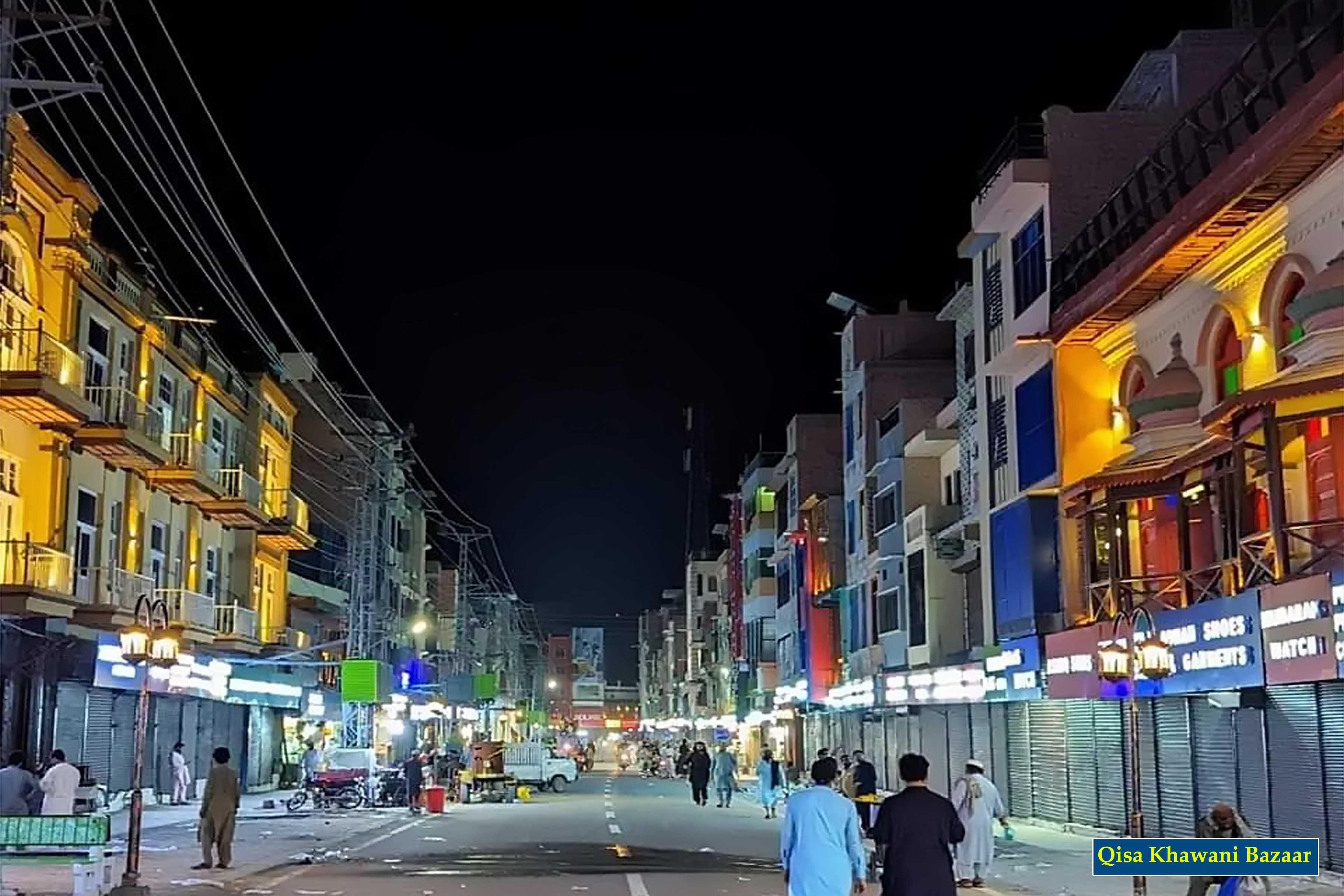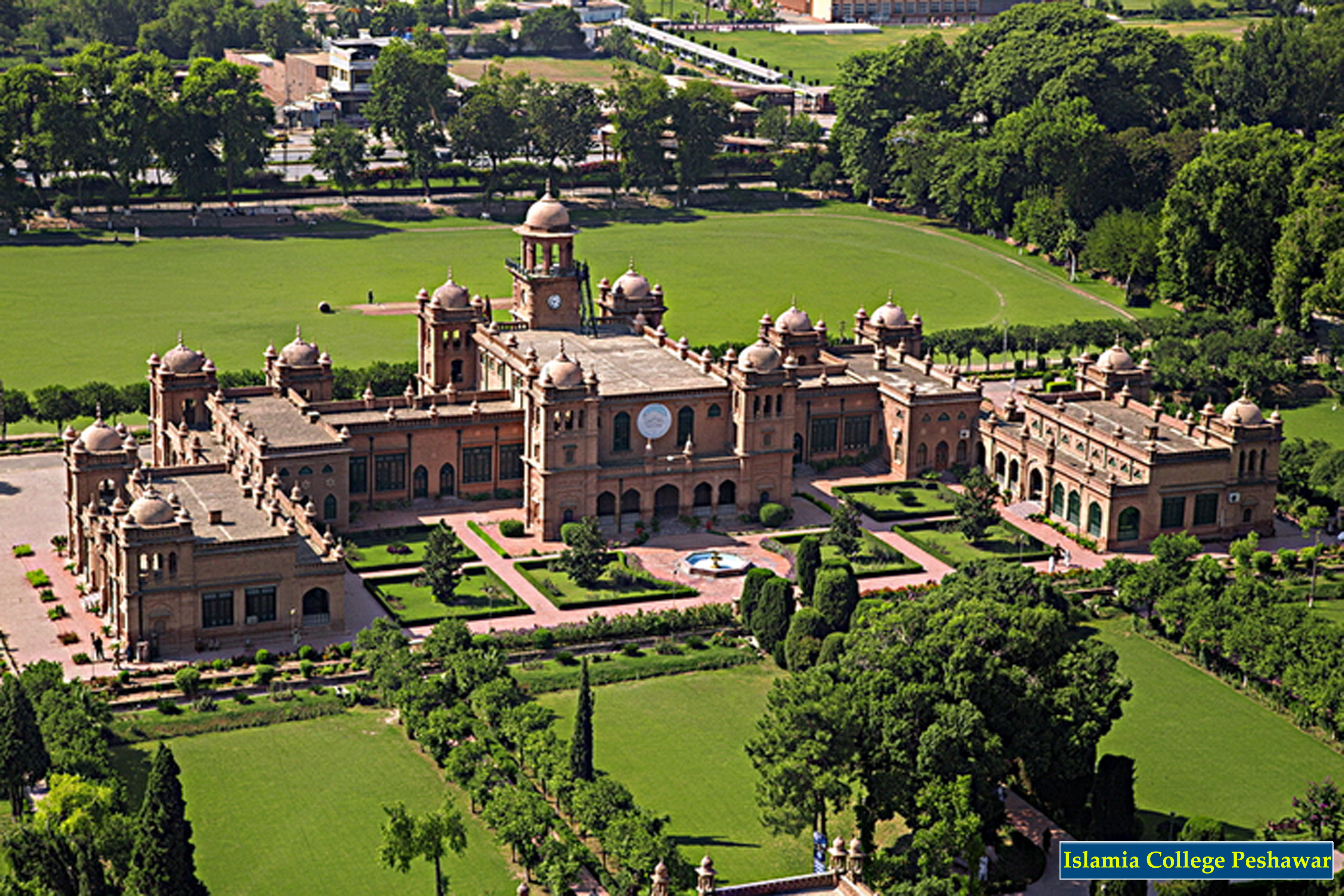During my tenure as Corps Commander Peshawar for past two years, I delved deeply into the heart of this city, known historically as "The Frontier Town" due to its strategic position guarding the Khyber Pass. Peshawar, or "Poshapura" as it was called around 119 CE, translates from Sanskrit as "The City of Flowers," reflecting its verdant landscapes. Historical records, including those from Emperor Akbar’s era through historian Abul Fazl, indicate its names through the ages—Parshapur, Parashawar, Pishawar, and ultimately Peshawar, a title solidified under Akbar's reign. This city, often described as the "city par excellence" or "best village" (Bagram), has seen a confluence of diverse civilizations, making it a melting pot of architectural beauty, cultural richness, and historical significance. Its allure as a crucial geographic and cultural junction has attracted myriad conquerors, from Alexander the Great to the British, each leaving a distinct imprint and weaving a rich tapestry of cultural narratives and architectural heritage.

Crossroads of history
Tracing Peshawar's historical path from its founding during the Gandhara Civilization around the 15th century BCE reveals a city deeply intertwined with major empires and cultural transformations. Initially, it thrived under Gandharan influence, evident from landmarks like the Shapula Stupa. The city’s strategic importance as a cultural and trade hub was further underscored during successive dominions of the Achaemenids, Alexander the Great, and later under the Mauryans where Emperor Ashoka promoted Buddhism, enhancing Peshawar’s stature as a spiritual nexus.
Transitioning into the era of Greek and then Indo-Greek rule, the city saw a blend of cultures that enriched its architectural and artistic heritage, notably impacting Buddhist iconography. Peshawar continued to evolve under the Kushan Empire, which bolstered its position as a center of Buddhist scholarship through constructions like the Kanishka Stupa. Following the decline of Buddhism under the White Huns, Peshawar experienced a renaissance of Islamic culture and architecture with the advent of the Arab Caliphates in the 7th century, marking the city as a prominent center of Islamic learning.
The city's significance persisted through the Ghaznavid and Ghurid periods, and flourished under the Mughals, who adorned it with architectural marvels such as Masjid Mahabat Khan and Shahi Bagh. These developments highlighted not only the city's strategic and economic importance but also its cultural and religious diversity, which continued into the Durrani rule, emphasizing Afghan cultural ties.
Following the Durrani rule, Peshawar underwent transformative changes under the Sikhs and British, marked by significant architectural developments like the reconstruction of Fort Bala Hisar and the establishment of Peshawar Museum. The British era also introduced modern education and healthcare, integrating the city into the colonial railway network. In 1947, with Pakistan's independence, Peshawar began a new chapter, highlighted by the iconic Bab-e-Khyber, symbolizing its historic gateway status at the Khyber Pass.

Architectural splendours
Immersed in the rich tapestry of Peshawar’s history, I’ve discovered a city dotted with landmarks each narrating its own unique story. At the entrance of the Khyber Pass stands the imposing Bab-e-Khyber, a symbol of the city's historic gateway to empires. The Quaid-e-Azam House preserves the essence of Muhammad Ali Jinnah's 1945 visit, meticulously maintained as a national heritage site.
The Peshawar Museum, originally Victoria Hall, houses an extensive Gandhara art collection that portrays the Buddhist legacy of the region, while Fort Bala Hisar offers a panoramic view of the city, narrating tales from its Persian past through to its role in the Sikh Empire. Nearby, Masjid Mahabat Khan showcases the splendor of Mughal architecture with its exquisite craftsmanship.
Exploring further, I wandered through the Walled City, established under Mughal Emperor Akbar, with its sixteen historical gates like Rampura and Yakatoot, each echoing stories of the past. The historic corridors of Islamia College echo with the aspirations of its founders, Sir Sahibzada Abdul Qayyum and Sir George Roos-Keppel, blending Islamic and Western educational philosophies since 1913.
Sites like the Shahi Bagh gardens, laid out during the Mughal era, and the intricately tiled Cunningham Clock Tower, commemorate the city’s colonial past, alongside the bustling bazaars around Chowk Yadgar. Peshawar's spiritual diversity is highlighted at the Rahman Baba Shrine, the resting place of the revered Sufi poet, and at the ancient Buddhist site of Shah Ji Ki Dheri.
I also explored the Gurdwara Bhai Joga Shah, reflecting the Sikh community's historic presence, and the Kali Bari Mandir, a hub for the Hindu community since 1730. The eclectic mix of architecture at Sethi House displays the affluence of Peshawar's trading families, showcasing designs reminiscent of Central Asian influence. Each site, from the historic Jamrud Fort guarding the city’s frontier to the tranquil Durrani Graveyard, encapsulates a piece of Peshawar’s diverse cultural and historical heritage, making the city a living museum of human civilization.

Notable personalities
From the martyred companion of Prophet Muhammad, Ashab Baba, buried at Chagarmatti, to the revered Sufi saint Sheikh Sultan Baba and the scholarly Akhund Darweza, these individuals have shaped Peshawar's spiritual and educational domains. Figures like Nawab Sayid Khan, the Mughal governor known for Dabgari Gardens, and Mohsin Khan, an 18th-century governor, highlight the city's administrative heritage. The efforts of Fateh Khan Wazir in establishing Wazir Bagh and Sheikh Imam ud Din's contributions to Islamic education further underscore the city’s rich historical narrative.
Noteworthy are Ali Mardan Khan's architectural contributions that extended beyond Peshawar to the Shalimar Gardens in Lahore, and Kanishka the Great, whose patronage of the Gandhara school of art left a lasting cultural legacy. The poetic and mystical teachings of Sheikh Rahman Baba continue to inspire, while the story of Pari Chehra adds a touch of intrigue to the city’s historical narrative. Celebrated figures such as Dilip Kumar and Shah Rukh Khan link Peshawar to global cinema, showcasing its cultural diaspora. These personalities, from ancient leaders to modern icons, not only define Peshawar’s past but also continue to influence its present, ensuring the city remains a focal point of cultural, spiritual, and artistic significance.

Culinary Landscape
Savory Dumba Karahi and simply seasoned Charsi Tikka capture the essence of local cuisine, while the slow-cooked Nikka Siri Pae and beloved Chapli Kabab epitomize street food culture. The aromatic Kabuli Pulao, infused with tender lamb and rich spices, reflects the city's Afghan influences, providing a delicious insight into Peshawar’s diverse culinary heritage.

Craftsmanship and religious harmony
In exploring Peshawar, I have observed its cultural mosaic deeply influenced by its Pashtun roots, enriched further by its Sikh, Hindu, and Christian communities. Each group brings its unique traditions, celebrating festivals like Eid, Diwali, and Christmas with communal harmony that exemplifies the city's inclusive spirit.
Famous for Peshawari caps and chappals, the city’s craftsmanship extends to intricate woodwork in homes and mosques and the colorful, elaborate truck art that adorns the streets. These crafts not only represent Pashtun culture globally but also preserve and convey the spirit and identity of Peshawar. The warmth and hospitality ingrained in Pashtunwali shine through in Peshawar's inclusive community where Sikhs, Hindus, and Christians are welcomed. This ethos is mirrored in the city's religious architecture, with diverse places of worship standing side by side, promoting a culture of interfaith harmony. Regular gatherings among different religious groups foster a mutual respect that underscores the city’s resilience and multicultural unity.

Balancing tradition and modernity
What have we lost? Peshawar stands at a crossroads, grappling with the challenges of urbanization, heritage preservation, and the impacts of terrorism. The city's rapid growth strains its infrastructure, evident in the congested GT Road and overcrowded Walled City. This expansion threatens vital green spaces and the ecological balance, heightening environmental risks like pollution, deforestation, and waste mismanagement, which compromise residents' health and Peshawar's natural beauty.
Simultaneously, Peshawar's modernization risks its cultural identity. Traditional bazaars such as Qissa Khwani are being overshadowed by contemporary malls, threatening the livelihoods dependent on age-old crafts and trades. Crucial historical sites like Masjid Mahabat Khan and the Sethi Houses face neglect and decay amidst urban sprawl and unauthorized constructions, reflecting the pressing need to balance development with the preservation of Peshawar’s rich historical tapestry.
In last year and a half, concerted efforts by the Pakistan Army and K-P government have been underway to revive and preserve Peshawar's rich cultural heritage and archaeological sites, breathing new life into the city's historical treasures. Several initiatives have been undertaken, marking a significant step towards revitalizing tourism in Peshawar.

One notable endeavor is the recent Train Safari to Takht-e-Bhai, which provided visitors with a unique opportunity to explore the ancient Buddhist monastery complex in a convenient and immersive manner. Additionally, efforts have been focused on the renovation and revival of iconic landmarks such as Jamrud Fort and Shupla Stupa, further underscoring the commitment to safeguarding Peshawar's ancient heritage. Renovation projects have also extended to Masjid Mahabat Khan and Sethi House, restoring their grandeur and preserving their historical significance for future generations to appreciate. The uplift of Islamia Mosque and the revival of Dabgari Gardens serve as testament to the efforts aimed at enhancing the city's cultural landscape and providing recreational spaces for residents and visitors alike. Moreover, the uplift of the Walled City demonstrate a holistic approach towards preserving Peshawar's architectural heritage and revitalizing its urban spaces. Moreover, the "Tour Da Pekhawar" event on 30 March 2024, the city’s first night tourism initiative, has showcased Peshawar’s rich history, culture, and heritage, allowing tourists to explore its ancient landmarks in a new light and signaling a positive step towards reviving tourism and highlighting the city’s peaceful and vibrant character amidst challenges.
These endeavors not only contribute to the preservation of cultural identity but also offer opportunities for economic growth through tourism and heritage conservation initiatives. Overall, these recent initiatives reflect a renewed commitment to showcasing Peshawar's rich history and cultural legacy on both national and international forums.
Exploring Peshawar's potential for tourism growth, it is clear that enhancing its global image as a secure and welcoming destination is crucial. Effective marketing, leveraging digital media and partnerships, can extend its reach. Infrastructure improvements around key sites like Takht-i-Bahi and revitalized areas such as Qissa Khwani Bazaar should preserve architectural integrity while boosting local crafts. Hosting cultural events and developing heritage tours offer immersive experiences that showcase Peshawar’s rich heritage and natural beauty. Engaging local youth as cultural ambassadors and fostering collaborations for tourism development are essential for sustainable growth. This comprehensive approach will not only attract more visitors but also ensure Peshawar’s cultural treasures are celebrated worldwide.
Walking through Peshawar, I have seen how it stands as a beacon of resilience and diversity. From its Gandharan roots to its pivotal role in today’s geopolitical arena, the city has been a crossroads for cultures and histories. Despite challenges like urbanization and regional conflicts, Peshawar thrives, merging its rich heritage with modernity. It is a city that honors its past while forging a future where tradition and innovation coexist. For anyone exploring its streets, Peshawar offers a vivid journey through its historical layers, continuing to craft a narrative that promises a harmonious blend of the old and the new. The legacy of Peshawar, the "City of Flowers," blooms eternal, inviting all to experience its timeless beauty, complex history, and vibrant culture.
Hassan Azhar Hayat is a retired lieutenant general who served as Corps Commander Peshawar. He is currently a managing director at Green Pakistan Tourism
All facts and information are the sole responsibility of the author
